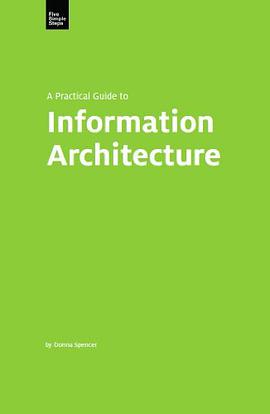Ambient Findability 豆瓣 豆瓣
作者:
[美] Peter Morville
O'Reilly Media
2005
- 10
How do you find your way in an age of information overload? How can you filter streams of complex information to pull out only what you want? Why does it matter how information is structured when Google seems to magically bring up the right answer to your questions? What does it mean to be 'findable' in this day and age? This eye-opening new book examines the convergence of information and connectivity. Written by Peter Morville, author of the groundbreaking "Information Architecture for the World Wide Web", the book defines our current age as a state of unlimited findability. In other words, anyone can find anything at any time. Complete navigability. Morville discusses the Internet, GIS, and other network technologies that are coming together to make unlimited findability possible. He explores how the melding of these innovations impacts society, since Web access is now a standard requirement for successful people and businesses. But before he does that, Morville looks back at the history of way finding and human evolution, suggesting that our fear of being lost has driven us to create maps, charts, and now, the mobile Internet. The book's central thesis is that information literacy, information architecture, and usability are all critical components of this new world order. Hand in hand with that is the contention that only by planning and designing the best possible software, devices, and Internet, will we be able to maintain this connectivity in the future. Morville's book is highlighted with full color illustrations and rich examples that bring his prose to life. "Ambient Findability" doesn't preach or pretend to know all the answers. Instead, it presents research, stories, and examples in support of its novel ideas. Are we truly at a critical point in our evolution where the quality of our digital networks will dictate how we behave as a species? Is findability indeed the primary key to a successful global marketplace in the 21st century and beyond? Peter Morville takes you on a thought-provoking tour of these themes and more - ideas that will not only fascinate but will stir your creativity in practical ways that you can apply to your work immediately.

